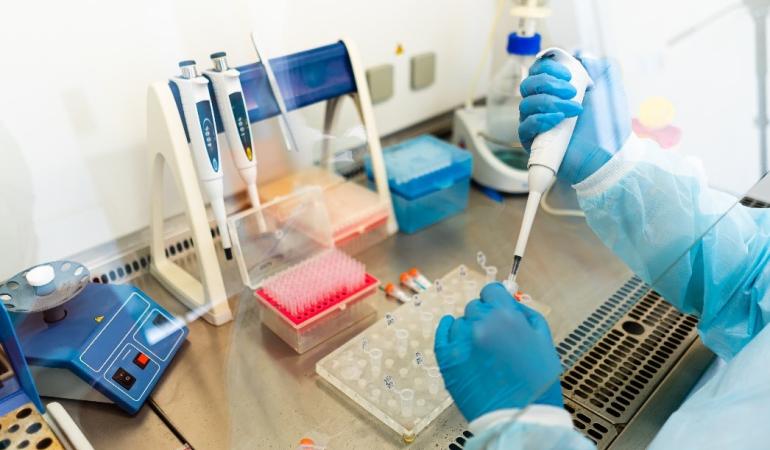
We recently contributed to an article describing the incidence of potentially bioterrorist agents in the Netherlands. Almost all reported illnesses were linked to a travel history. This makes it unlikely that malicious parties will be able to isolate the pathogens from natural sources in the Netherlands. However, these pathogens are handled in laboratories. Therefore, the authors emphasize the need for biosecurity measures.
The article describes the incidence/10 million persons per year of potentially bioterrorist agents in the Netherlands in the period from 2009 to 2019. The average annual incidence has been calculated based on information available from RIVM for notifiable diseases or otherwise in the literature. Four pathogens occurred with an incidence >1 (Coxiella burnetii, Brucella spp, Francisella tularensis and Burkholderia pseudomallei), two with an incidence <1 (hemorrhagic fever viruses and Bacillus anthracis). All cases, except a few F. tularensis cases, had a travel history, making it unlikely that malicious actors could isolate these pathogens from natural sources in the Netherlands. However, these pathogens are handled in laboratories and may also be stored, which underlines the need for biosecurity measures.
Epidemiology of Pathogens Listed as Potential Bioterrorism Agents, the Netherlands, 2009‒2019
Jorrit Broertjes, Eelco Franz, Ingrid H M Friesema, Hugo-Jan Jansen, Frans A G Reubsaet, Saskia A Rutjes, Cornelis Stijnis, Bettie C G Voordouw, Maaike C de Vries, Daan W Notermans, Martin P Grobusch. Emerg Infect Dis. 2023 Jul;29(7):1-9. DOI: 10.3201/eid2907.221769